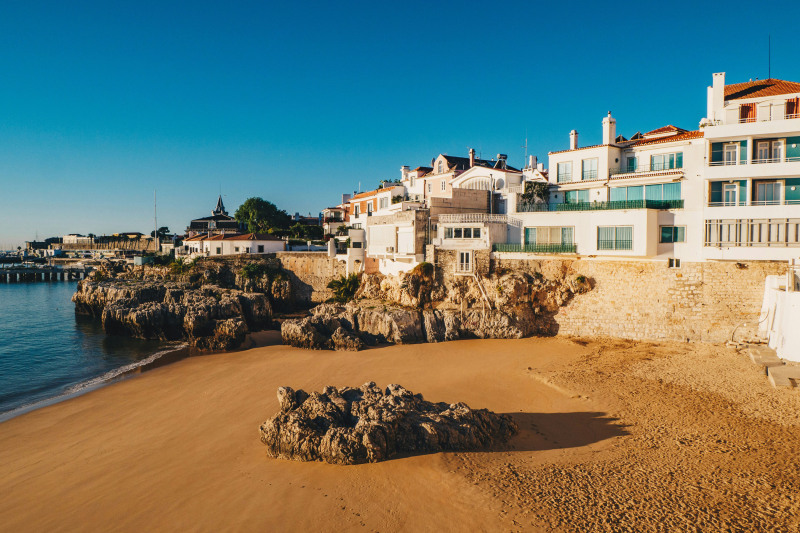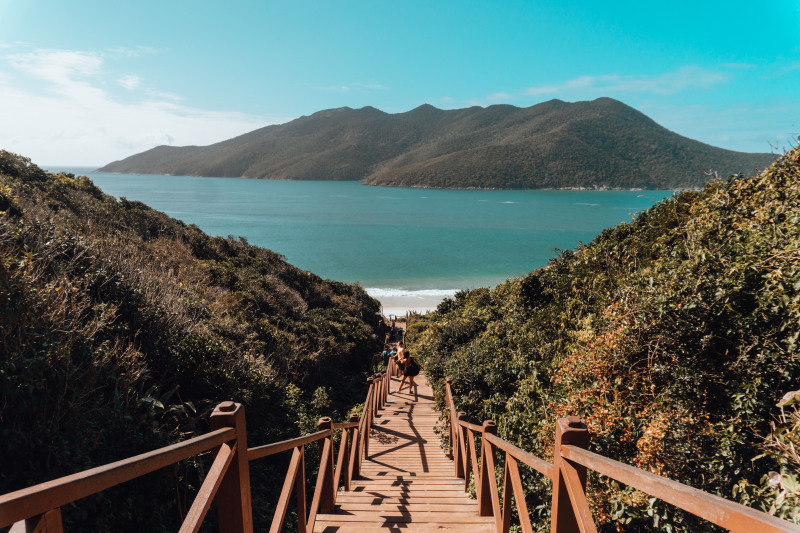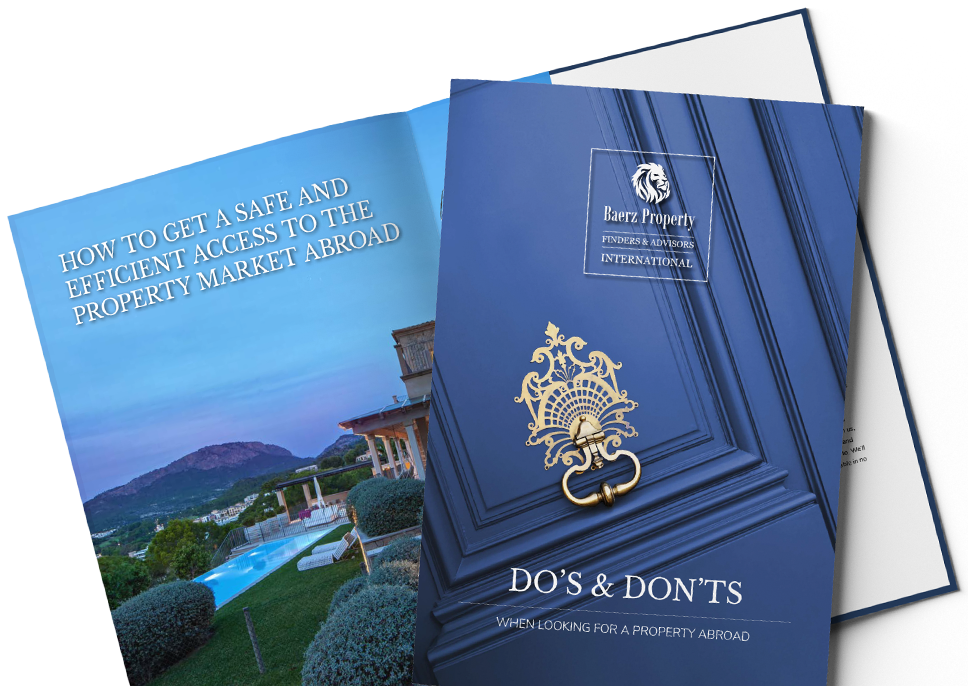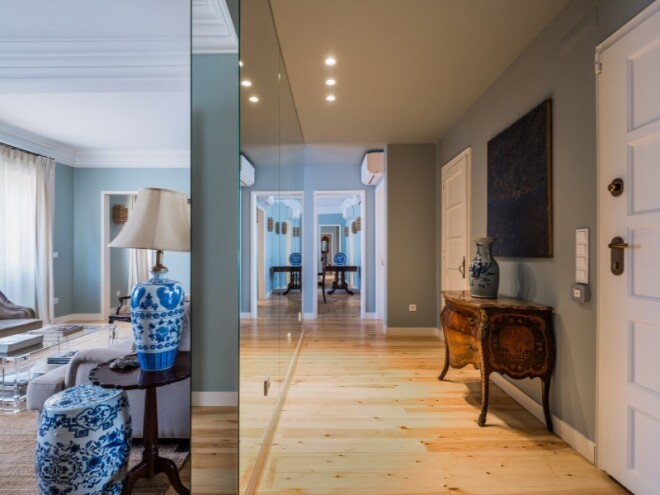
Rynek Santa Maria Maior stale przyciąga międzynarodowy i lokalny popyt, szczególnie na odnowione historyczne apartamenty i domy. Ograniczona podaż oraz wyjątkowy, historyczny charakter dzielnicy przekładają się na stabilny wzrost wartości. Pozycja centrum kulturalnego i ograniczona dostępność nieruchomości premium przemawiają za dobrze przemyślaną strategią zakupu zarówno dla rezydentów, jak i inwestorów.
Najbardziej pożądane mikrodzielnice to labiryntowe uliczki Alfamy, okazałe aleje przy Praça do Comércio oraz siatka Baixa z fasadami odbudowanymi po trzęsieniu ziemi. Chiado to literacka atmosfera i artystyczne lofty, a Castelo oferuje widok na zamek i historyczny urok. Spotkasz tu mozaikę zabytkowych rezydencji, kameralnych penthouse’ów czy butikowych apartamentów – każdy segment odpowiada innym potrzebom klientów.

Santa Maria Maior przyciąga nie tylko bogatym dziedzictwem, lecz także energią obecnych tu ulic. Nabywcy doceniają różnorodność zabudowy średniowiecznej, pombalińskiej i z połowy XX wieku. Liczne domy zostały precyzyjnie odnowione, oferując wysokie sufity, oryginalne płytki oraz balkony z widokiem na rzekę. Lokalizacja przyciąga osoby ceniące sąsiedztwo oper, restauracji Michelin i najlepszych punktów widokowych, gwarantując równocześnie prywatność i ekskluzywność. Inwestorzy zyskują na stałym popycie najemców, zarówno krótkoterminowych, jak i długoterminowych. Ograniczona zabudowa i status chroniony dzielnicy zachowują jej niską gęstość oraz długofalowy potencjał inwestycyjny.
Transakcje zwykle przebiegają bezpośrednio, z dokładnym badaniem historii własności, stanu budynku, ograniczeń planistycznych i programów miejskiej rewitalizacji. Większość zakupów odbywa się przez wyspecjalizowane agencje i doradców prawnych mających doświadczenie z zabytkami i lokalnymi przepisami. Kupujący z zagranicy preferują gotowe do zamieszkania apartamenty lub domy z tarasem na dachu. Harmonogramy transakcji bywają zróżnicowane, szczególnie przy starszych obiektach czy współwłasności. Struktura zakupu zależy od przeznaczenia – część inwestorów korzysta ze spółek celowych.
Rynek najmu napędzany jest popytem wśród kadry menedżerskiej, dyplomatów, naukowców oraz ekskluzywnych turystów. Dobrze wykończone mieszkania przy rzece lub w centrum kultury osiągają najwyższe stawki. Lokalne przepisy regulują licencje na najem krótkoterminowy, a trwałe zainteresowanie gwarantuje atrakcyjne zyski, zwłaszcza dla gruntownie zmodernizowanych nieruchomości z widokami lub przestrzenią zewnętrzną.





